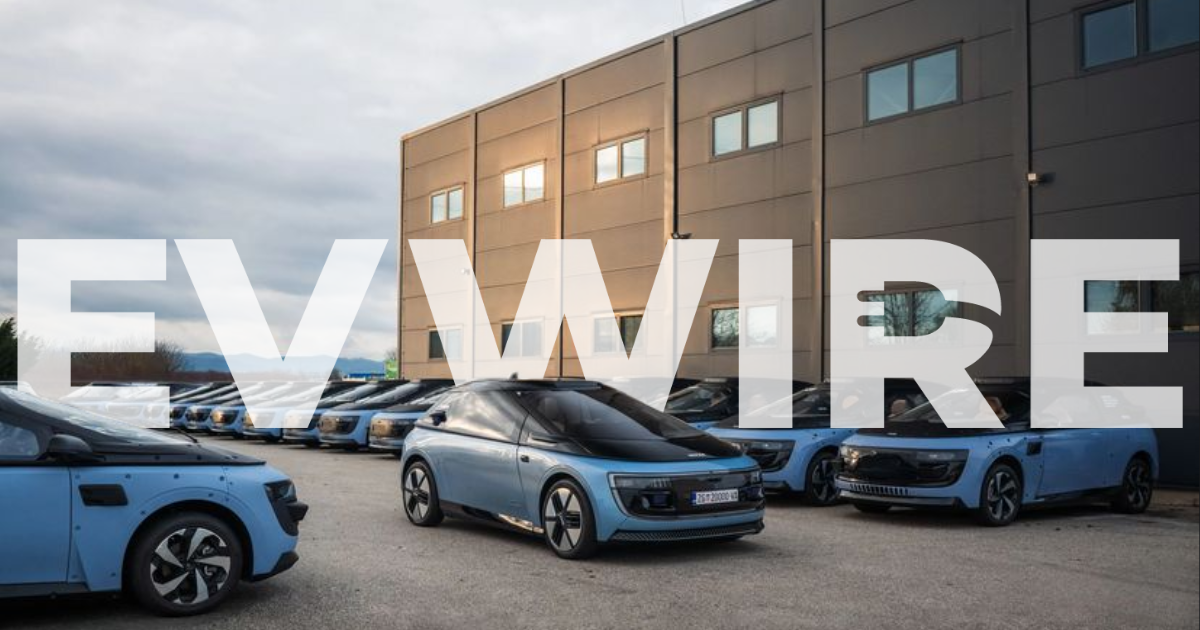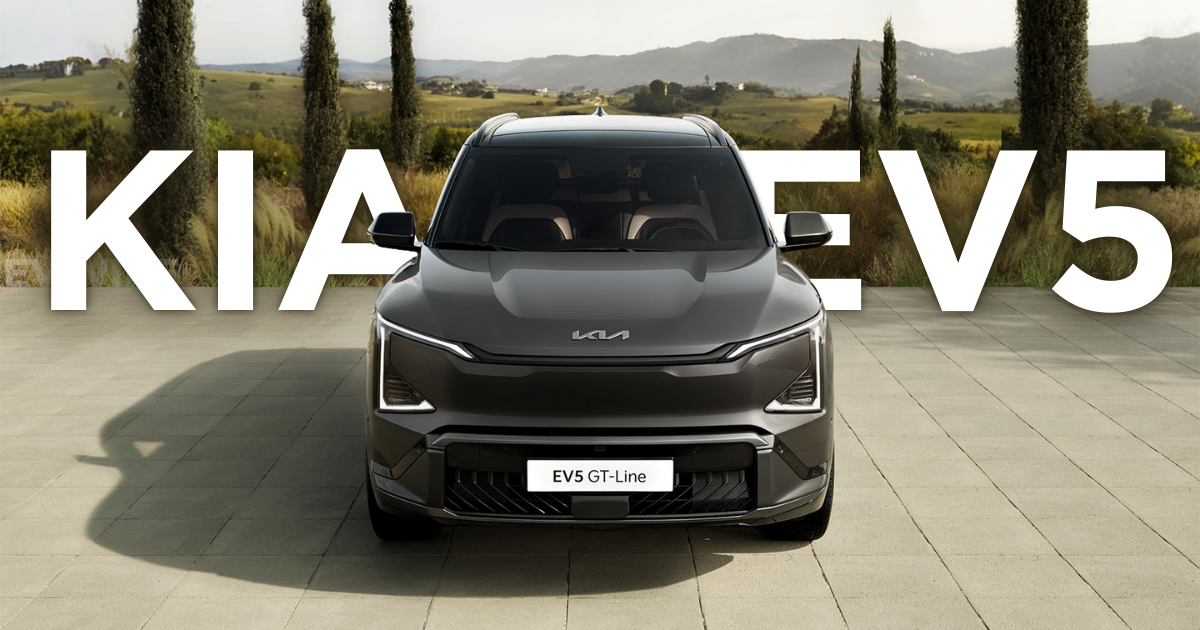Meet Xiaomi YU7, the second EV from the electronics giant Xiaomi.

I’ve shown you their first, the SU7 sedan, very successfully hit the market previously. Over 200,000 have been delivered so far, and did so well that even Jim Farley, CEO of Ford, admitted in an interview that he had been driving the Xiaomi SU7 EV in Chicago for six months, and doesn’t want to give it up.
The second Xiaomi, YU7 SUV came, saw, and immediately broke records: Xiaomi YU7 secured 200,000 firm pre-orders in the first 3 minutes of opening the books.
So why are the Chinese buyers going wild for this one?
I think it is because the YU7 is one of the best showcases of how the EV revolution has succeeded in bringing a significant level of technological innovation (not just on changing to an electric powertrain) down to an affordable level. The thing with tech innovation is that if you get it absolutely right, it actually creates premium features that are suddenly available for all.
It is also one of the few real EVs out there that I think has really gone down the software-defined vehicle path and come out as a winner on the other side. If you read on - and I haven’t even put everything in here - you’ll find numerous examples of how this car has been built deeply around software.
The Xiaomi YU7 starts at 253,500 yuan, or $35,340, and the top spec at ~$46,000. Do note that EVs are cheaper domestically in China by a large margin compared to the same model for us. Importantly, this undercuts the Tesla Model Y in China by ~$1,400, nearly 4% cheaper.
Here’s what you get to choose from with the Xiaomi YU7 trims:
YU7 RWD | YU7 Pro AWD | YU7 Max AWD | |
Drive | RWD | AWD | AWD |
Power | 235 kW | 365 kW | 508 kW |
Acc 0-100km/h | 5.9 s | 4.3 s | 3.2 s |
CLTC range km | 835 km | 770 km | 760km |
CLTC range miles | 519 mi | 478 mi | 472 mi |
Battery | 96.3 kWh | 96.3 kWh | 101.7 kWh |
Price starts at | $35,340 | $39,000 | $45,995 |
Note how much range the entry-level version gets!
I’d also like to point out that their NMC battery from CATL and the 800V architecture let this car charge at 5.2C for a peak charge power of 528kW. That’s 10% to 80% charge ~12 minutes. Another spec that is insane considering that we’re not talking about a $100k+ car here.
Let’s take a quick look at the other features the car offers (see more details on their page here, there’s so much interesting there):
Interior:

16.1" center touchscreen, 2 rear seat screens (added option), and one below in the middle of the seats which is detachable like a mobile phone;

A 1.1-metre panoramic display called HyperVision across the dashboard (check it out in the video for sure). If I understand it right, it’s actually a HUD projection that will appear to the front passengers deeper on the hood, projected of three hidden HUD projectors. Very important feature: there are animated digital characters like a capybara or an otter that sway with the movement of the vehicle.

(the reality is of course a lot more high quality and smoother than my GIF here)
Nappa leather zero-gravity front seats, lots of soft materials, 10-point massaging front seats;
Power-adjustable rear seats with backrests that can tilt from 100° to 135°
What’s cool is that although Xiaomi is in direct competition with Apple on their phones, they still went and enhanced the ownership experience for iPhone owners, from Apple CarPlay support to actually ensuring you can pin it, and use your phone as a part of the car’s screen too.
An unique way that Xiaomi has approached the car ownership already with the first vehicle is that it will offer the vehicle in a plain minimalistic form (e.g just the large screen), but will offer you a lot of small add-ons you can buy to make the vehicle your own — from adding physical buttons that work with the touchscreen, to even a magnetic tissue box that pops in place behind it.

Screenshot from the ICA video
Did I mention the option 4.6-litre drawer can cool up to 6 cans?
There’s also a drawer below the rear seats for additional storage:

Images: mix of Xiaomi and ICA provided images
Built into the rooflining behind the rear seats is another practical innovation for the YU7, a powered magnetic rail (up to 144W), capable of storing items such as power docks, track lights, and other third-party devices via 1/4-inch screws, with units also being programmable in the system as needed, such as activating an attached track light when the rear doors or the boot is opened. (link)
Then, there is this real Software Defined Vehicle type of marvel:

These buttons are movable (you can literally pick them up and place them along the interior and exterior on different magnetic spots like b-pillar, armrest etc), and can be programmed with up to 12 features, which you can access in the settings. This way, whatever the button ‘does’ when tapping depends on which part of the car its placed on.
I recommend checking the moment our friends at Inside China Auto showcase how these work here (timestamped for ya).
You can even take one of the buttons back to your home and have it programmed to cool the cabin of the car before you head out with a tap of a button.
Exterior:
Drag coefficient: 0.245
Smart-dimming panoramic glass roof, double-laminated glass across all trims — for the windshield, all four doors, and rear quarter windows.
The looks are quite obviously Ferrari Purosangue SUV inspired, just can’t unsee it.
Dimensions: 4,999mm long, 1,996m wide, 1,600mm tall, 3,000mm wheelbase.
Chassis: It comes with double-wishbone independent front suspension, five-link independent rear suspension, and variable damping shock absorbers on all models, with dual motor versions also gaining dual-closed-chamber air suspension as standard — height adjustable by up to 75mm.

Xiaomi has also developed a “motion sickness relief mode”: after studying heart rate, eye movement, skin conductance, and other responses, Xiaomi YU7's chassis is precisely tuned to smooth pitch, roll, and bumps.

Oh, did I mention the roll cage embedded in the vehicle structure?

Turning radius 5.7 meters, and it has 19’’-21’’ wheels.
Motorized frunk of 141 liters; It can be opened via eight different methods, including by standing for three seconds in front of the car with your digital key, pressing a button on the driver’s side black trim, or by talking to the in-car voice assistant from outside the car. Remember what I said about software defined vehicle?

Driver’s assistance sensors: Roof-mounted LiDAR sensor, a 4D millimeter-wave radar, 11 high-definition cameras, and 12 ultrasonic radars. Although we of course know that it isn’t just the sensor suite that counts…
Deliveries start within months.
See a walkaround review of the car from our friends at Inside China Auto here:
I can not wait for the YU7 thing to land in Europe and test it out in real life.
I could introduce it to my Xiaomi hand soap dispenser and my Xiaomi water kettle at home 😂. Honestly, those items actually give me a lot of faith in the company actually delivering smart, high-quality products.




